Sigma updated its 24-70mm f/2.8 DG DN Art with a new body design, a new autofocus motor, and a reworked optical formula to make it lighter, smaller, faster, and sharper. That’s the promise, anyway, but is it true?
Jordan and I take all of our family vacations together, not only because our families are basically intertwined, but also because we invariably have to work on our trips too. However, it does give us good opportunities to shoot and test gear outside of our hometown, and for our latest vacation, we visited Vancouver Island. The latest Sigma Art 24-70mm lens also happened to show up just in time.
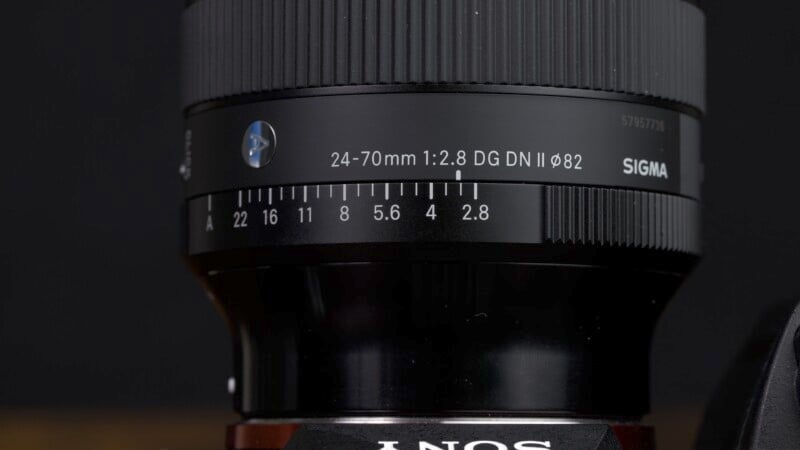
We also had an opportunity to work with a good friend of ours from way back who runs a video production company on the island. Shawn Wagar and Raymond Knight generously devoted some time and set up some great shooting locations for us to test out this new lens. Coincidentally, they were looking to replace their older Sony 24-70mm f/2.8 G-Master so the timing couldn’t have worked out better.
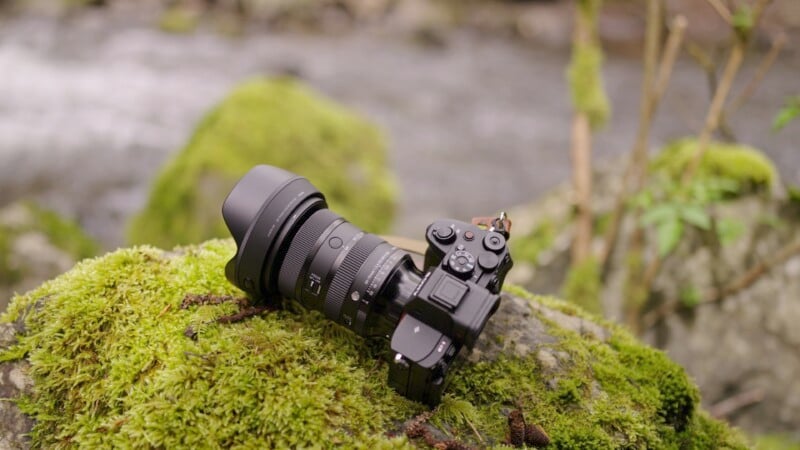
Sigma 24-70mm f/2.8 DG DN Art II: How it Handles
The original Sigma 24-70mm was a decent lens that competed well against the original Sony 24-70mm G-Master for way less money. However, Sony hit back hard with the excellent, albeit expensive, 24-70mm G-Master version II. The new Sony lens proved that amazing image quality can also come in a very compact lens design so Sigma followed suit and released its latest version with basically the same goals in mind.


This new compact design comes in at only 26 ounces (735 grams) and is very similar in weight and size to the latest G-Master. The zoom ring is nice and tight and features a locking mechanism to keep it from creeping when holding the lens face down. The aperture ring is clickable or de-clickable and there are customizable buttons as well. The 24-70mm is built to Sigma’s highest standard of weather sealing and is made for hard professional use. Finally, the front of the lens is cut for 82mm filters.
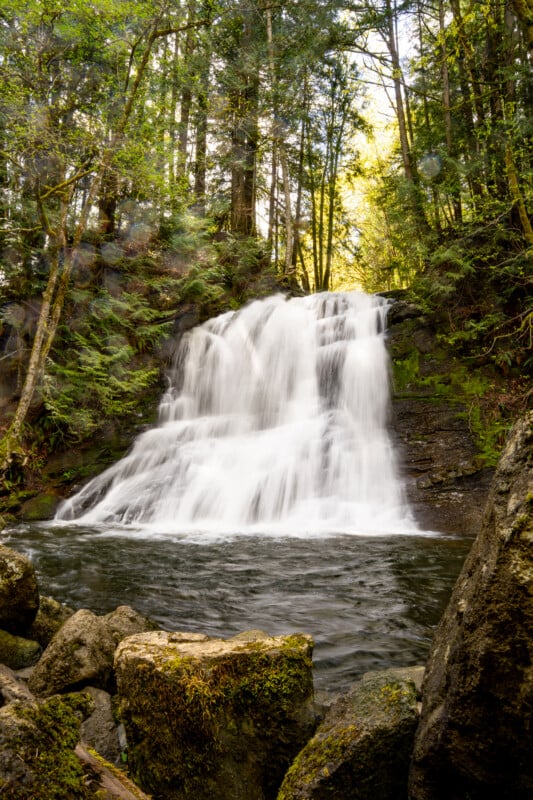
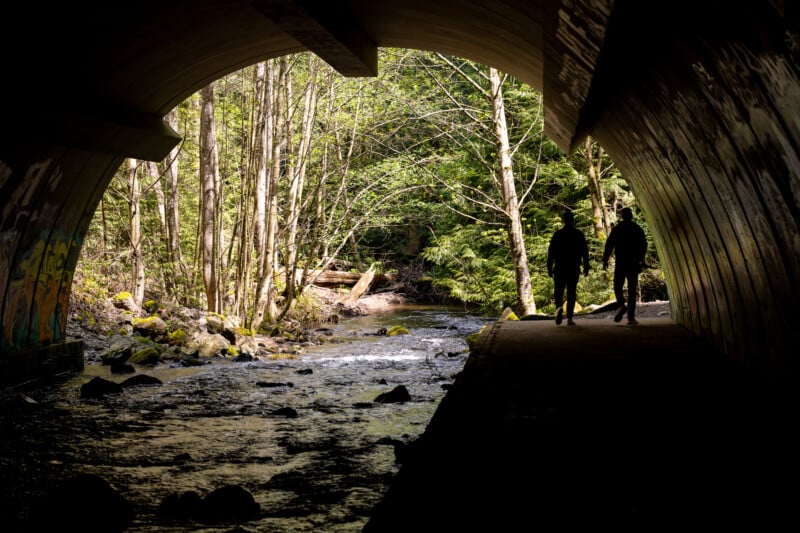
Sigma 24-70mm f/2.8 DG DN Art II: How it Shoots
I wanted to test the bokeh right away because the original Sigma 24-70mm didn’t render the nicest-looking highlights or soft backgrounds. Would the new version correct the deficiency we saw in the original?


Happily, I found the specular highlights to be quite pleasing. A slight cat’s eye effect is present when shooting wide-open and the highlights stay nice and round when the aperture is stopped down. There is a little bit of an onion ring effect to the highlights but the transitions from in-focus to out-of-focus areas were beautiful. Gone were the distracting, harsh backgrounds from the original lens so Sigma has moved in the right direction with the new Art lens.
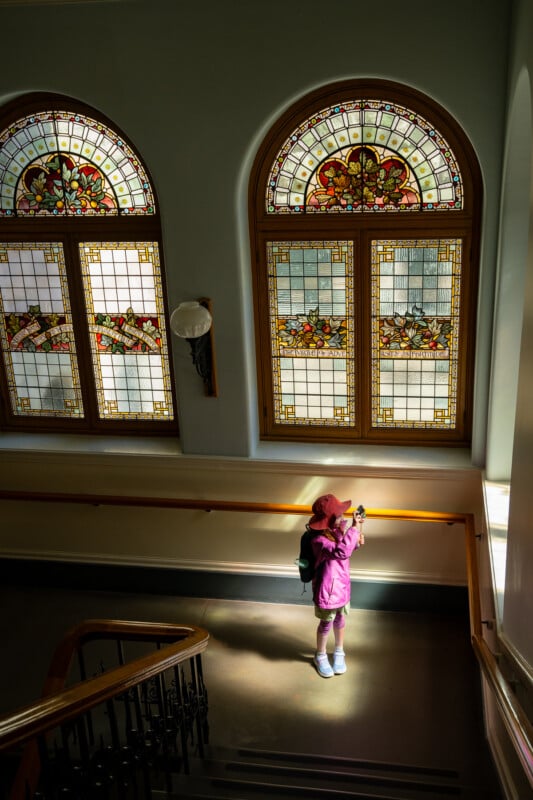
A general-purpose lens can be even more versatile if it offers good close-up performance. This is so useful for wedding ring shots or table centers to a wedding photographer as well as flowers and insects, for example, on a landscape shoot. The Sigma does its best work at 24mm giving just under 1:2.7 life-size reproduction which is quite close indeed. The working distance is only 6.7 inches so you have to be physically close. However, you can also opt for 1:4 life-size macro shots at 70mm and you get more working distance to play with.

The rainforests and beaches of Vancouver Island offered lots of opportunities to shoot towards the sun and test the flare characteristics. Direct low-angle sunlight was very well controlled by the Sigma 24-70mm with minimal loss of contrast and almost no ghosting. Stopping down the lens adds a bit of ghosting but it’s still very minor. What the lens doesn’t render super well are sunstars. They don’t look terrible, they’re just not terribly exciting either.

Sharpness is something the Sony 24-70mm excels at and I was curious how the Sigma Art stacked up. At 70mm, the sharpness in the center at f/2.8 shows incredible detail, and stopping down to f/5.6 makes almost no difference. Corner sharpness does improve with the aperture at f/5.6 but even wide-open the results are good.

At 24mm we get a similar story. The centers are sharp at f/2.8 and improve ever so slightly at f/5.6. Corners have a little more vignetting and softness at f/2.8 but this largely goes away by f/5.6. Regardless, this is a sharp and consistent lens and although it may not quite reach the level of the Sony G-Master it is very close.

Sigma 24-70mm f/2.8 DG DN Art II: Testing On the Job
Because Shawn and Raymond were potentially looking to buy a new lens we wanted to let them try out the Sigma on a video shoot. They set up a test at the Black Rabbit, a local pub nearby. Taylor Manns helped us out as a model and the video shoot began which allowed me to take some still portraits of Taylor under some very nice light.


While testing a focus pull from one person to another in a static clip we noticed that the Sigma 24-70mm has no breathing whatsoever. This was a promising result and performed better than Sony’s G Master. Manually focusing the lens was smooth and the autofocus performance equaled what we were seeing from the latest G-Master, too. Even at 120 frames per second video shooting with an aggressive movement of the camera, the autofocus of the Sigma was smooth and accurate.

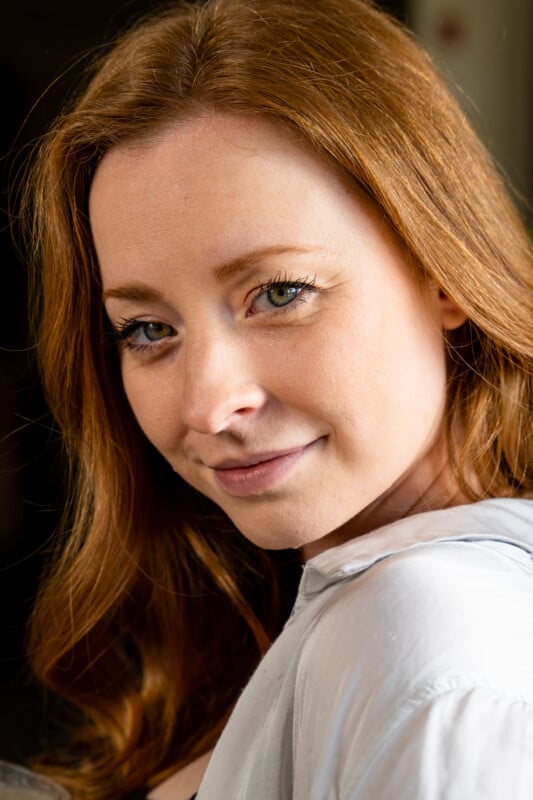
In the end, both Shawn and Ray were impressed by the Sigma Art, and due to its more than acceptable sharpness and excellent video performance, they decided it would be the way to go when the lens is released on the market. I would also say that it compares well against the Sony 24-70mm G Master II. The Sony is still the better lens for photography but only by a very slight margin and perhaps double the asking price of the Sigma isn’t worth it. Video shooters, though, should consider the Sigma Art lens to be the superior choice.

This lens is impressive. Sigma has made an optic that competes well directly against the best-in-class option and does so while asking for half the investment. It is an outstanding showing from Sigma.
